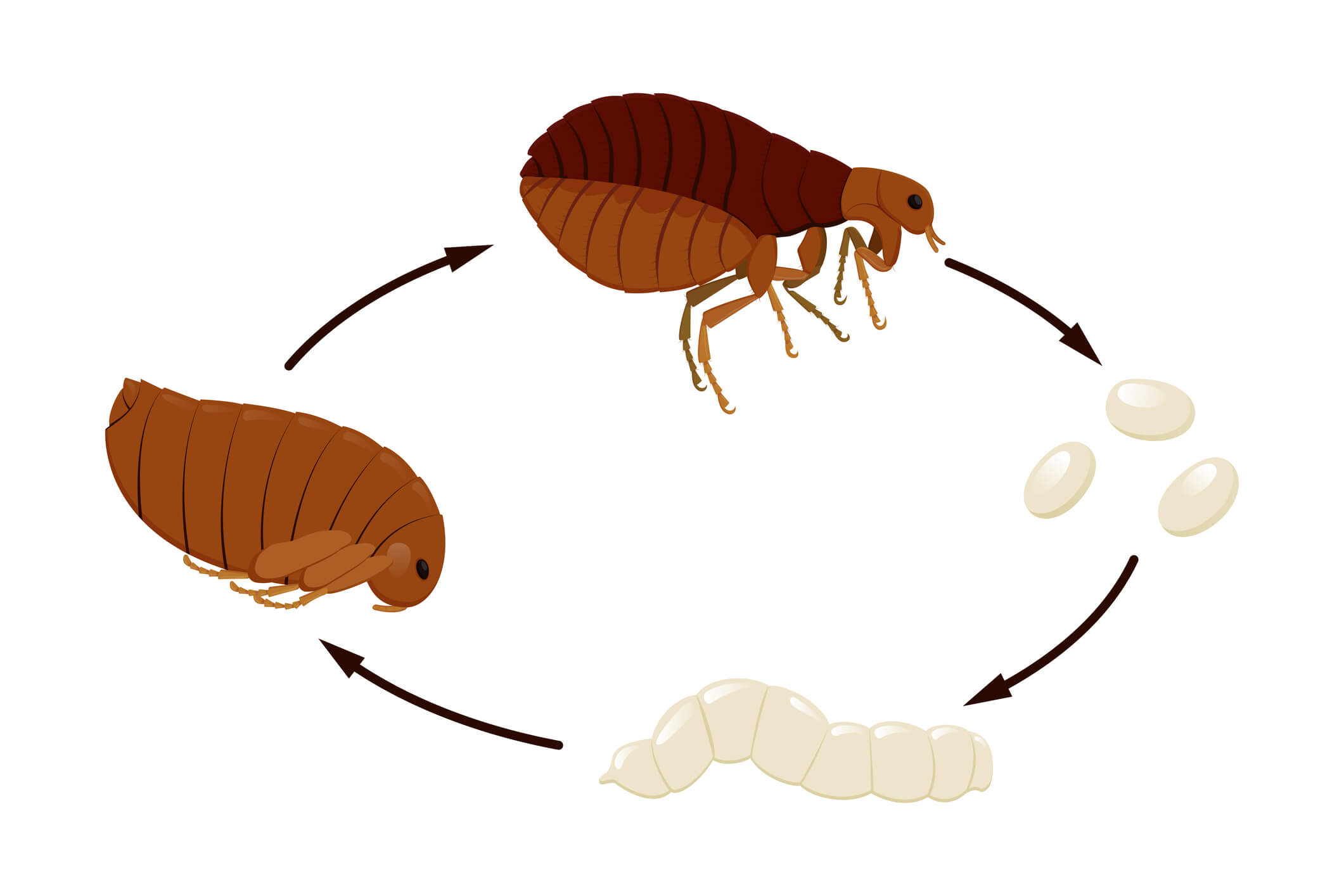Are Bedbugs Flat?

When you hear the word “bedbugs,” your immediate reaction may be to cringe or instinctively start to itch. Their unique flat shape and small size can make these pesky bloodsuckers tricky to spot unless you know what you’re looking for.
Whether you’ve personally encountered bedbugs before or have just heard stories about how irritating their bite (and presence) may be, it’s essential to arm yourself with the necessary information on what bedbugs are, what they look like, how to prevent getting them, and how to eliminate them in case of an infestation.

What are Bedbugs?
Bedbugs are small parasitic insects that feed on the blood of people and mammals while they sleep. There are three kinds that usually feed on humans: Cimex lectularius, Cimex hemipterus, and Leptocimex boueti. In the United States, only the first two are present, and Cimex lectularius is by far the most prevalent, leading to its name, “the common bedbug.”
These pests are known to thrive in residential homes and can be quite difficult to get rid of due to their ability to hide in tight spaces and survive for long periods of time without a blood meal. In fact, bedbugs can go without eating for anywhere between 20 to an incredible 400 days, depending on the temperature and humidity of the space in which they live.
Did You Know?
Scientists have discovered that bedbugs have been around since the time of the dinosaurs. Using the DNA from 30 different species of bedbugs, scientists have been able to successfully put together the first bedbug family tree.

Bedbugs – how to identify them
Knowing what bedbugs look like is an important tool for identification, early detection, prevention and treatment. No one wants to have unwanted pests in their home, let alone in their bed. Here are some common questions frequently asked by those who are trying to determine whether bedbugs are the culprit for their late-night itching:
What color are Bedbugs?
The color of a bedbug can significantly contribute to their ability to remain undetected, especially if they are in their egg or nymph stage. Bedbug eggs are pearl-white in color and very difficult to see since they’re so small. Nymphs, or baby bedbugs, are colorless until they start to mature. Adult bedbugs are brown in color when they are unfed and are a mahogany, reddish-brown color when they have recently fed.
How small are Bedbugs?
Adult bedbugs measure around 5 to 7 mm in length, usually around the size of an apple seed. Bedbug eggs are as small as the size of a pinhead.
Can Bedbugs fly?
Bedbugs can’t fly because they are wingless. Instead, they act as hitchhikers, transporting themselves from one location to another by hiding on suitcases, people, or animals. Bedbugs’ ancestors used to have wings and the ability to fly, but over time, they got rid of their wings so they could adapt to new environments and hide in smaller spaces. If you’re dealing with a bug infestation and see the insects flying, they aren’t bedbugs.
Interesting Fact
Fully mature bedbugs may not have wings, but they still have two wing pads located just above the abdomen and below the head. These cannot be used for flight, and bedbug nymphs don’t have wing pads at all.

Are Bedbugs “true” bugs?
While people often use the term “bug” to describe all kinds of insects, there is actually a scientific classification of “true bugs”. True bugs belong to the order Heteroptera. Additionally, true bugs have two pairs of wings with the outer pair being divided into two parts—a leathery basal and membranous apical part. A true bug also has a mouthpart that looks like a hypodermic needle, allowing them to extract fluids from animals and plants. While bedbugs no longer have the capacity to fly, they are considered true bugs. Both insects pictured above are true bugs.

Where do Bedbugs hide?
Bedbugs are skilled at hiding. Since they prefer to remain close to where their next blood meal is—typically near where people or animals are sleeping—some common hiding spots for bedbugs include:
- Mattresses seams
- Box springs
- Bed frames
- Headboards
- Furniture cracks and crevices
- Wall voids
- Electrical outlets
- Baseboards
- Carpet edges
- Behind loose wallpaper
- Wall junctions (where the ceiling and wall meet)
- Joints of a dresser or bedside drawers
Bedbugs are usually no bigger than the width of a credit card. Any crack in or near your bed that a credit card can slide into can make a great hiding spot for bedbugs.
How are Bedbugs shaped?
Since bedbugs are most active at night and difficult to spot during the day, many people aren’t exactly sure what bedbugs look like. One of the most frequently asked questions is—are bedbugs flat?
The answer is yes, bedbugs are flat—if they haven’t recently fed.
Bedbugs have a flat, oval-shaped appearance when they haven’t had a recent blood meal. They are often described as a “flat disc.” Once they’ve eaten, though, their flat shape swells into a rounder form.

Sat goodbye to Bedbugs
At Moxie Pest Control, we understand the value of a good night’s sleep. Our friendly field experts are fully equipped with the knowledge and tools to help you identify the pests keeping you up at night and get rid of them for good.
If you suspect you have a bedbug infestation, it’s important to take action immediately. Contact us today. Our specialists will assemble an action plan with reliable, manageable treatments to rid your home of bedbugs for good.



